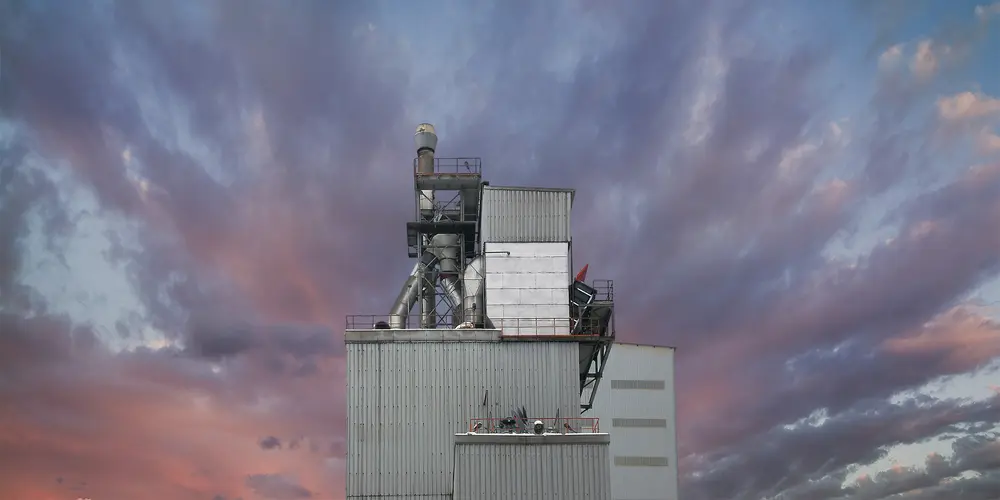Coal remains a vital component of the global energy mix, providing a significant portion of industrial fuel. As such, the storage of coal is a crucial aspect of the supply chain, impacting both operational efficiency and environmental safety. This article delves into the essential aspects of coal storage, examining traditional methods, key considerations, and recent innovations aimed at optimizing this critical process.
Methods of Coal Storage
Coal storage methods are bulk storage in open or covered stockpiles or in silos.
- Open or Covered Stockpiles: Coal is piled in large heaps on the ground. To different degrees, open and covered stockpiles are susceptible to environmental factors like rain and wind, which can lead to coal degradation and loss.
- Silo Storage: A silo for raw coal will normally form the point of entrance of the grinding process. Ground coal leaving the indirect firing (or storage firing) grinding systems normally will undergo intermediate silo storage from where it is dosed & conveyed into the pyro-process.
Key Considerations in Coal Storage
Effective coal storage requires careful planning and management to address several critical factors:
- Environmental Protection: Coal storage must minimize environmental impacts, particularly the release of coal dust and the potential for water contamination. Proper containment and dust suppression systems are essential.
- Spontaneous Combustion: Coal can self-ignite due to the oxidation of certain components. Storage systems need to be designed to mitigate this risk, often through temperature monitoring and control of pile geometry (possibly in combination with compacting) to limit exposure to oxygen.
- Quality Preservation: Maintaining the calorific value and overall quality of coal is crucial. Storage methods should prevent degradation caused by weathering and moisture absorption.
- Safety: Ensuring the safety of storage facilities is paramount. This includes structural integrity, explosion protection, fire prevention measures, and safe handling protocols.
Conclusion
As the industry continues to rely on coal for unavoidable pyro-processing, safe and environmentally responsible storage of coal has to be ensured.
